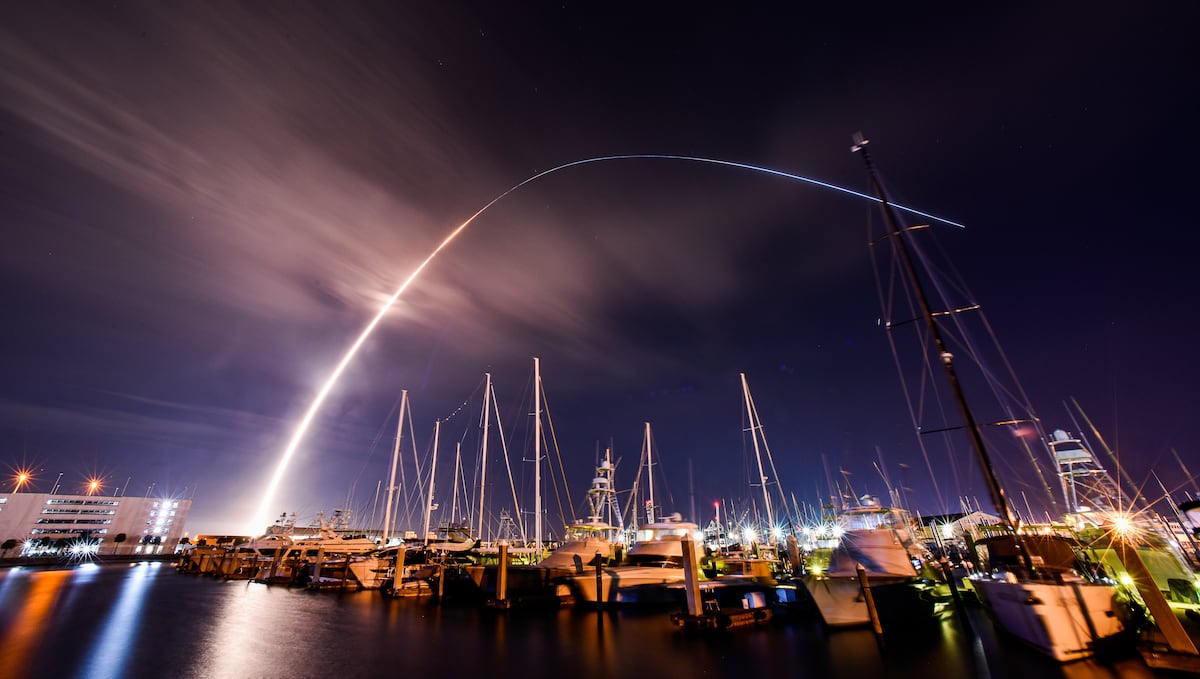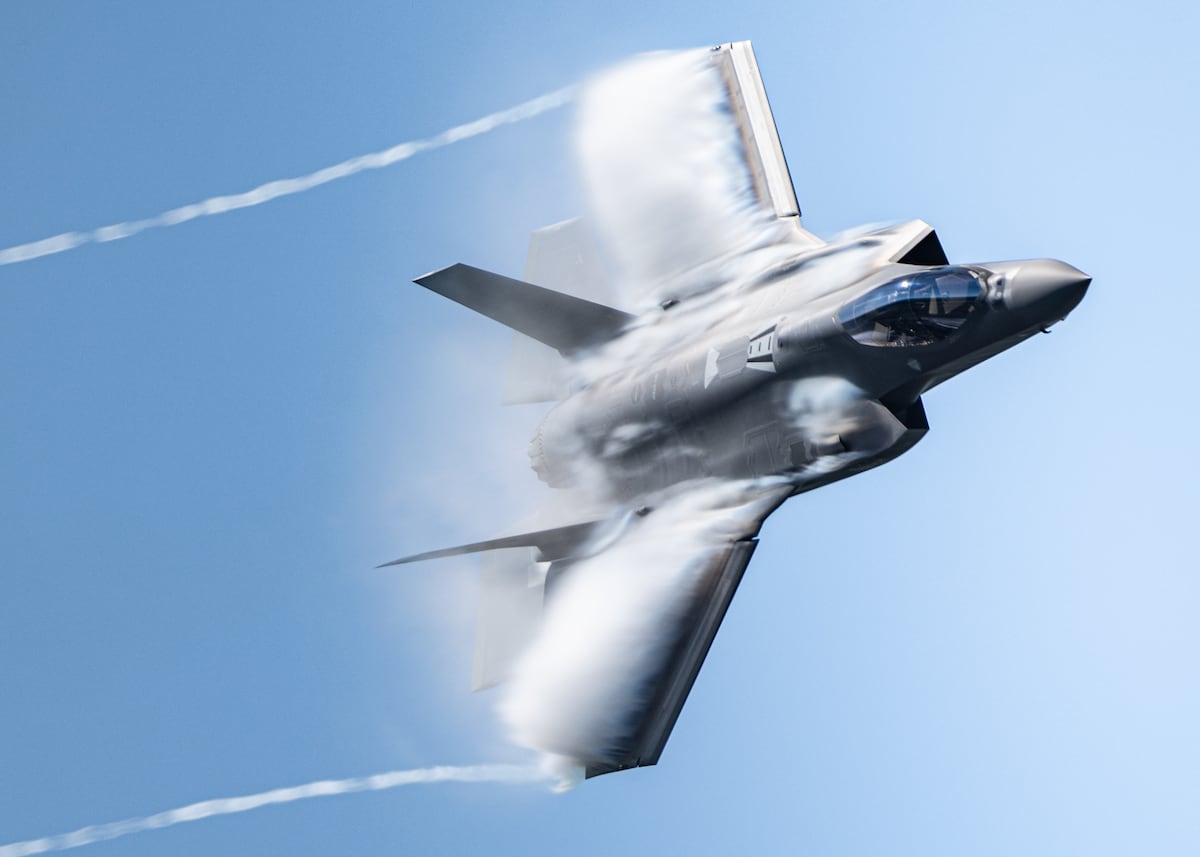United Launch Alliance’s Vulcan rocket is scheduled to fly its first military space launch next week.
Pending range approval, the mission is slated to lift off Aug. 12 from Cape Canaveral Space Force Station in Florida, carrying Space Force satellites destined for geosynchronous orbit, about 22,000 miles above Earth.
The milestone is a long time coming for ULA, the Defense Department’s longtime launch provider, which started developing its Vulcan rocket in 2014. The vehicle — which is replacing the company’s legacy workhorse, Atlas V — flew two demonstration missions last year and achieved its required military certification from the Space Force in March.
ULA and SpaceX are the only companies with rockets certified to fly National Security Space Launch (NSSL) missions. For years, prior to the certification of SpaceX’s Falcon 9 rocket, ULA was the sole provider of military launch services. In 2020, SpaceX won a 40% share of those missions slated to fly between fiscal years 2022 and 2027 with ULA maintaining the remaining 60%.
In April, the Space Force awarded SpaceX, ULA and national security launch newcomer Blue Origin a combined $13.5 billion for missions that will fly between fiscal years 2027 and 2032. Under the deal, SpaceX will receive $5.9 billion to fly 28 missions, ULA $5.3 billion to launch 19 and Blue Origin $2.3 billion to conduct seven.
The Space Force mission set to fly on the rocket next week, USSF-106, was originally set to launch in 2022. After being rescheduled as a Vulcan mission in 2023, the satellites have been grounded for two years as the rocket faced delays.
The mission includes an experimental spacecraft built by L3Harris called Navigation Technology Satellite-3, or NTS-3, that will demonstrate capabilities to augment the Space Force’s GPS constellation or support a future program. That effort, led by the Air Force Research Laboratory in partnership with Space Systems Command, will test technologies like steerable beams to provide regional coverage, a reprogrammable payload that can receive upgrades in orbit and protections against signal jamming.
Once NTS-3 is in orbit, AFRL will experiment with those capabilities over a one-year period, exploring how new satellite configurations could strengthen the Space Force’s positioning, navigation and timing, or PNT, capabilities.
That could mean integrating new capabilities onto the Space Force’s GPS IIIF satellites, which are built by Lockheed Martin, and approaching initial production. The service may also funnel relevant technology into other positioning, navigation and timing programs, including an effort called Resilient GPS, which is meant to augment the larger constellation with a fleet of small, lightweight, lower-cost satellites.
NTS-3 is the Air Force Research Laboratory’s first major PNT demonstration in nearly a half century. The last NTS satellite flew in 1977 and proved out capabilities that ended up being integral to the GPS program.
Courtney Albon is C4ISRNET’s space and emerging technology reporter. She has covered the U.S. military since 2012, with a focus on the Air Force and Space Force. She has reported on some of the Defense Department’s most significant acquisition, budget and policy challenges.
Read the full article here








Leave a Reply